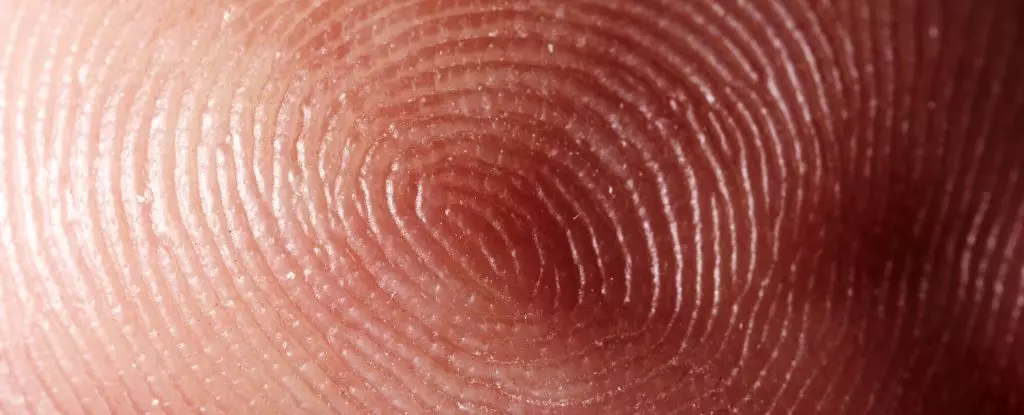In an exciting breakthrough in the field of cellular biology, researchers have discovered that epithelial cells—those that line our skin and organs—communicate injuries in a manner previously thought exclusive to neurons. Traditionally labeled as silent sentinels, these cells utilize a slow, persistent signaling method akin to a prolonged cry for help when faced with damage. This revelation has the potential to revolutionize our understanding of cell communication, suggesting that the body’s healing processes might be much more intricate than previously imagined.
The conventional wisdom held that the nervous system was the primary coordinator of bodily responses. Fast electrical signals allowed for quick reactions, such as withdrawing from a painful stimulus, while the heart regulated its rhythm through electrical impulses. However, the identification of the epithelial cells’ unique signaling method opens a fascinating dialogue in biology, illustrating nature’s complexity at microscopic levels. The incorporation of this newfound understanding into medical device development could pave the way for smarter, more responsive wound care technologies.
A Slow ‘Scream’ — The Mechanics of Cell Communication
At the University of Massachusetts Amherst, researchers led by polymath Steve Granick and biomedical engineer Sun-Min Yu undertook a rigorous investigation of cell communication pathways. Their inventive approach employed a specially designed chip embedded with 60 electrodes, aimed at capturing the responses of lab-grown human keratinocytes—the main component of our skin’s outer layer. By delivering a stimulus via a laser, they observed how this layer of cells reacted to localized injury.
What they found was astounding: these cells communicated through signals that would travel around 10 millimeters per second—slow by neural standards but remarkably effective in terms of cellular coordination. The electrical signals could span substantial distances, reaching up to several hundred micrometers and connecting a network of cells in distress. This slower mechanism, which resembles the electrical calcium signals seen in damaged plants, shifts our understanding of how cells collaborate and survive in the face of injury.
The Role of Ion Channels in Cellular Dialogue
Central to this newfound cell communication are ion channels—microscopic pores in cell membranes that allow specific ions, predominantly calcium, to flow in and out of the cells. What sets epithelial cell communication apart is its responsiveness to mechanical stimuli like pressure and stretching, which marks a distinction from the action potentials observed in neurons that react to changes in voltage or chemical concentrations. Furthermore, the duration of these epithelial signals significantly surpasses those of neuronal communication, retaining activity for hours.
This extended signaling time frames the conversation between cells more like a reassuring dialogue instead of rapid back-and-forth exchanges typical in neuronal systems. As researchers strive to decode this complex interaction further, critical questions remain about the precise mechanisms at play and how these processes might vary among different types of epithelial cells.
Implications for Biomedical Innovation
The implications of harnessing this newfound understanding of cellular signaling could be profound. The insights gained from understanding how epithelial cells communicate during injuries can inform the next generation of biomedical devices. From advanced wearable sensors to innovative electronic bandages, this research hints at a future where technology not only supports healing but actively adapts to physiological needs. Such devices could monitor cellular responses to injuries in real-time and respond accordingly, vastly improving recovery outcomes.
Dr. Yu articulates the essence of this discovery succinctly: “Understanding these screams between wounded cells opens doors we didn’t know existed.” As research in this field progresses, we find ourselves at the brink of a new frontier in medicine—a landscape where the silent languages of our cells might reveal solutions to long-standing medical challenges.
By embracing this slow but detailed cellular conversation, we may very well harness nature’s own mechanisms to foster healing technologies that will redefine patient care in ways we have yet to fully comprehend. This revelation not only embodies a monumental leap in cell biology but also ignites the flame of innovation in regenerative medicine and wound healing research, allowing us to peek into a future where technology and biology harmoniously coexist for the betterment of human health.


Leave a Reply